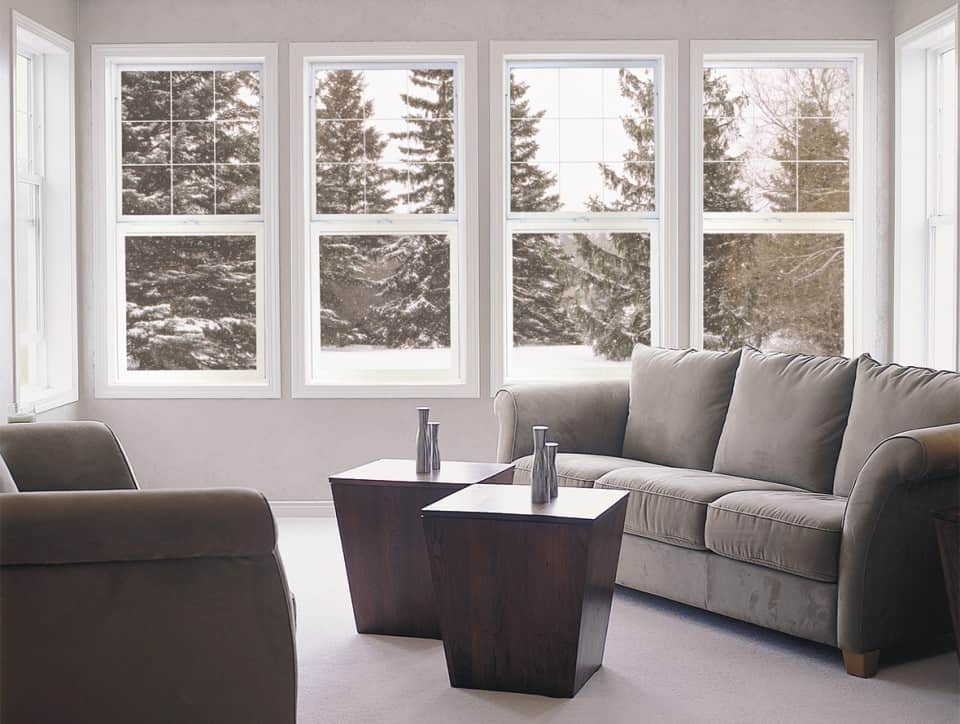
Photo Source: All Weather Windows
Energy efficiency is a common concern for homeowners. An energy efficient home will save you money and will help to create a stronger environment for our children and grandchildren. Here are five things you can do to improve the energy efficiency of your home.
1) Heating: An ENERGY STAR® certified heating system is the first step to improving your home’s energy efficiency. If you already have a newer, ENERGY STAR® rated furnace, regular maintenance will ensure that it continues to perform effectively.
2) Windows: Windows account for 28% of the heat loss in an average home. Replacing old windows with new, energy efficient windows can make a drastic difference! In 2015, All Weather Windows qualified for the ENERGY STAR® Most Efficient designation on almost 400 window products. Visit All Weather Windows for more information on energy efficiency and the ENERGY STAR® program!
3) Appliances: There are a number of ways to improve the effect of your appliance use on your utility bills! If you have older appliances it would be beneficial to replace them with more efficient models. Newer dish washers do a much better job of cleaning dirty plates, allowing you to skip the prewash. When washing laundry, always set the appropriate water levels and use cold water as much as possible. Cleaning your dryer filters after every load is a great way to ensure the best energy performance from your dryer. Even better: line dry your clothes! When using the oven, avoid preheating any more than necessary and open the oven as little as possible. The same goes for the fridge; every time you open it, you allow room temperature air to enter, forcing the appliance to work harder. Finally, set your fridge temperature between 38-42 degrees for optimum performance.
4) Light Bulbs: If you are at home, turn off lights in any rooms that are not in use and replace old incandescent light bulbs with fluorescent bulbs. Replacing one incandescent light bulb with a fluorescent bulb will save over 400 pounds of greenhouse gasses. For exterior lights, consider installing sensors for light and movement. This will ensure that exterior lights are only on at night and only when people are in the vicinity and the light is needed.
5) Unplug: Even if household appliances are off, they are still using some electricity. A radio that is turned off but still plugged in uses 13.1 kilowatts per hour, a cordless phone base uses 28.9 kilowatts per hour. Unplugging small appliances when not in use can add up to energy savings. If you are planning a trip or holiday, unplugging larger appliances that do not need to be running, like the stove, will also save energy while providing an extra layer of protection from electrical fires and appliance malfunctions while you are away!
Latest posts by Canadian Home Trends (see all)
- Dining Room Design Tips - December 5, 2025
- Practical Luxury in Forest Grove - December 5, 2025
- The Hidden Value of Great Design - December 5, 2025






